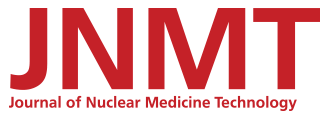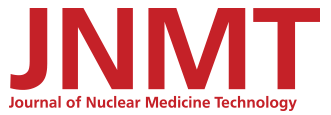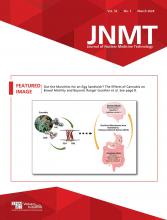Abstract
The treatment for differentiated thyroid cancer (DTC) consists of a thyroidectomy followed by radioactive iodine therapy (RIT), in which the patient remains in isolation until the exposure rate of the radioactive iodine reaches a certain limit. The present research intends to estimate the length of stay of patients subjected to RIT with radiometry analysis performed throughout the patient’s admission. Methods: Information such as age, gender, weight, height, prescribed activity, liquid intake, and the use of recombinant human thyrotropin (rhTSH) was gathered from a total of 204 patients with DTC, subjected to RIT. During the admission, the exposure rates were periodically measured. The data served as variables for a multiple regression, in which the coefficients and significance of each were verified as a function of the exposure rate. Results: The results showed that the length of stay, the administered activity, the intake volume of liquids, the use of rhTSH, and the patient’s weight impacted significantly on the dose rate. The average effective half-life of the 131I, considering all patients, was 12.61 ± 3.28 h, and the average time for their radiological release was 15.23 ± 5.50 h. Based on the results it was possible to develop a tool to estimate a patient’s length of stay and effective half-life times. Conclusion: The results can contribute to an optimization of the radiological protection of patients submitted to RIT, as well as allow better logistics of their admission, which can lead to more appropriate accommodation for the patient with a better use of resources.







